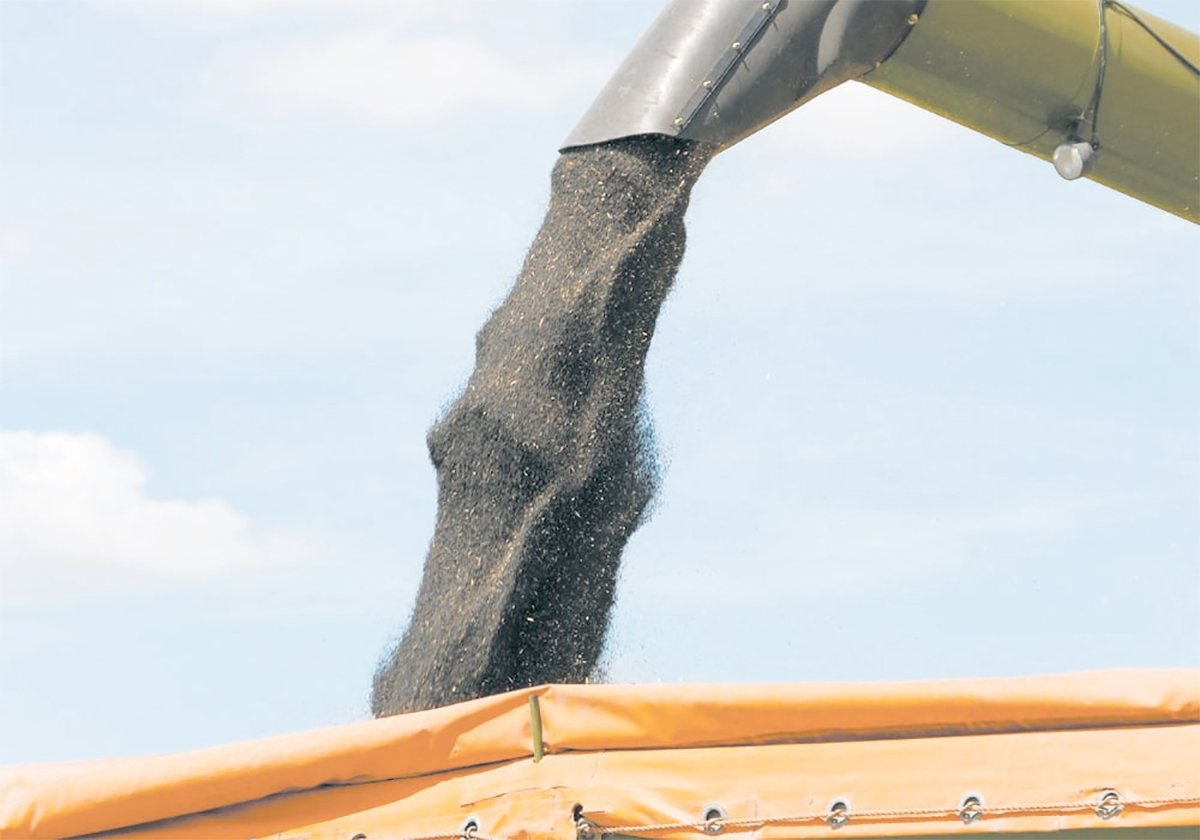Get used to slow grain movement with high basis deductions. Adapt to the new reality if you can.
The recent Grain Handling and Transportation Summit in Saskatoon organized by the University of Sask-atchewan’s bioresource policy, business and economics department was as depressing as it was enlightening.
Experts such as Bruce McFadden of Quorum Corp. said we shouldn’t expect railway performance much beyond the government mandated levels, at least in the short term. And many speakers at the summit noted that west coast capacity will be the next bottleneck if the railways ever do get their act together.
Read Also

Determining tariff compensation will be difficult but necessary
Prime minister Mark Carney says his government will support canola farmers, yet estimating the loss and paying compensation in an equitable fashion will be no easy task, but it can be done.
Grain is going west rather than through the St. Lawrence Seaway for a whole host of reasons. Most of our export markets are now off the West Coast. It’s even less expensive for much of the prairie region to move grain west when serving European markets and West Africa.
However, capacity is limited at Vancouver and Prince Rupert, and it will take large investments and a considerable amount of time to address the capacity constraints for all the products that are exported.
“Without long-range planning and action, basis levels will remain high, stifling farm income and economic growth,” concluded agricultural economist Richard Gray, who organized the summit.
The carryover of grain in Western Canada will be about three times higher than normal at the end of the current crop year. We’ll again face a mountain of grain if we grow an average crop this year. It’s why basis levels are high all the way into next year.
The problem could fade away for a time if we get a small crop, but movement is going to be a chronic problem — our Achilles’ heel — if you believe that we have the capability to grow ever larger crops.
Farmers in the northern United States are enjoying substantially better grain prices and much lower fertilizer costs. Their transportation system has issues as well, but they aren’t facing the same huge backlog. Their comparative advantage may become an ongoing reminder of our system failures.
Individual grain producers may feel helpless, but it’s important to understand the issues and push for meaningful change. Farm group lobbying has focused a lot of attention on this major economic deterrent, which needs to continue.
Expect producers to make business decisions based on the new reality. Watch for a continued expansion in trucking capacity as producers try to reach buyers in the northern U.S. Trucking grain south could be especially enticing if you can backhaul with cheaper fertilizer.
More trucking capacity will also make it more feasible to reach do-mestic buyers such as those in the interior of British Columbia.
Loading producer cars, if you can get them, has been appealing, and that may continue to be a good option for some.
The transportation malaise has hit many of the large volume crops harder than some of the pulse and specialty crops. Expect movement to be an important factor is crop selection.
Western Canada already has more on-farm storage capacity than anywhere else in the world, and that will only grow. Expect another big in-crease in bags and bins this fall.
Storage is a double-edged sword. It can make you money, but it isn’t always a paying proposition. Last fall, we should have all been aggressive sellers. This fall, storage will likely be a necessity.
Grain logistics could well be the factor that slows farmland price appreciation and cools cash rental rates.















